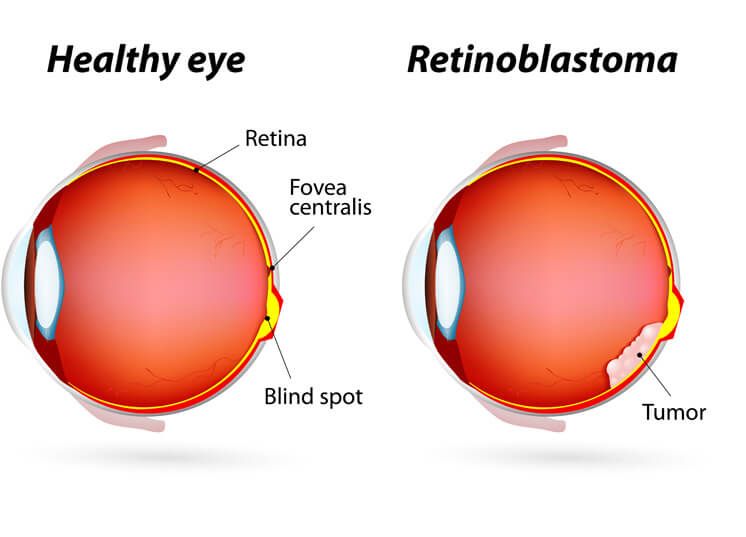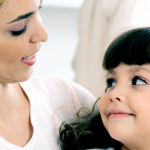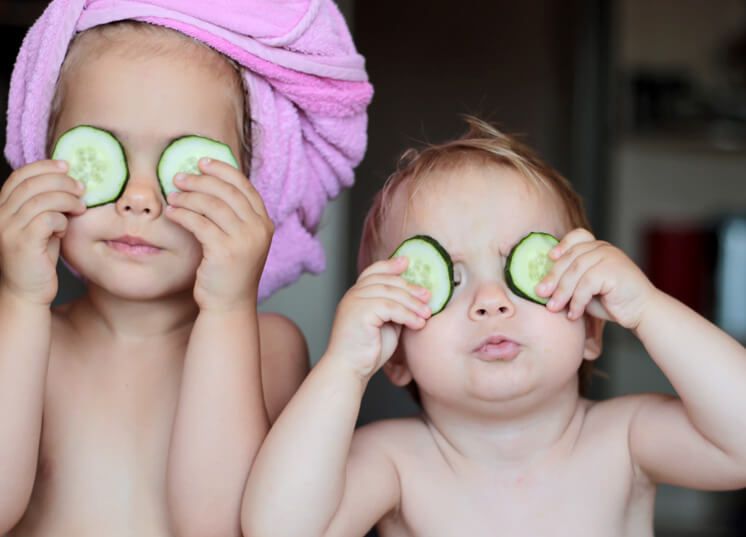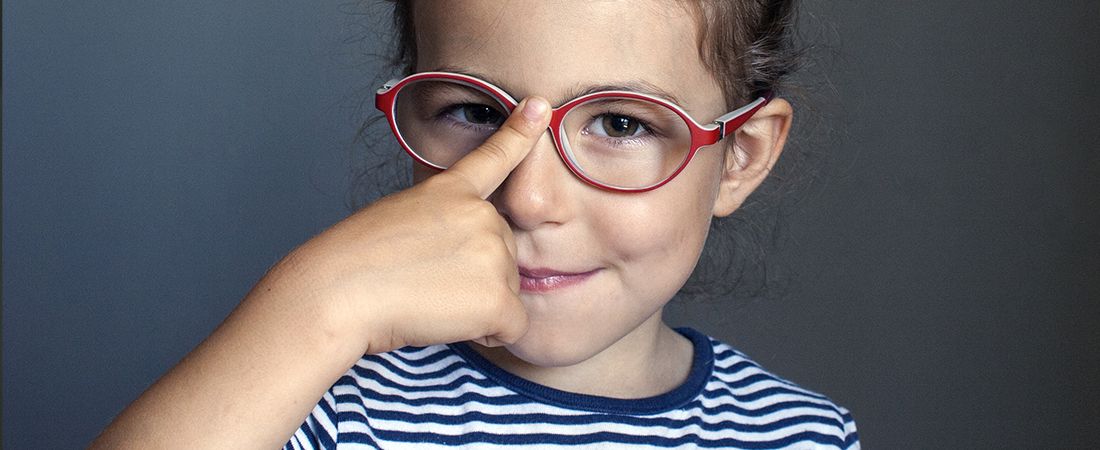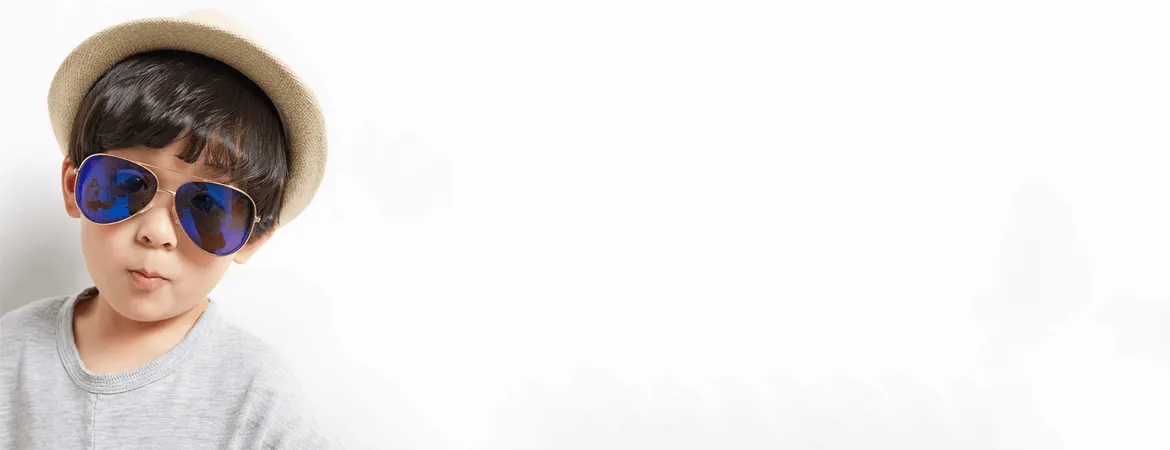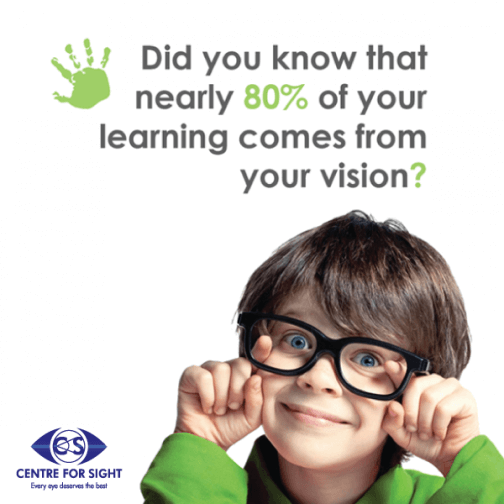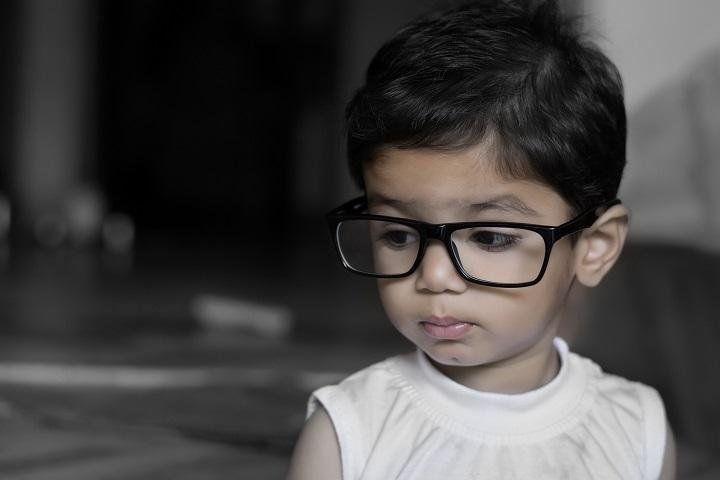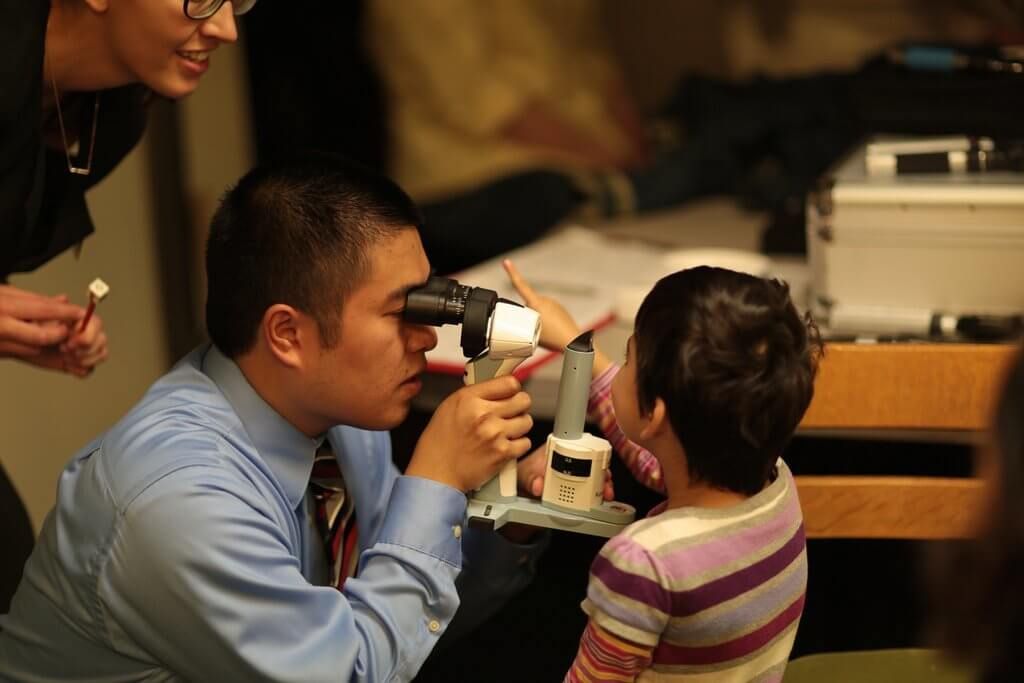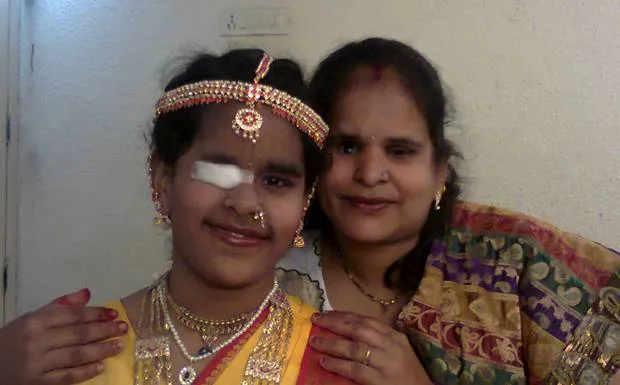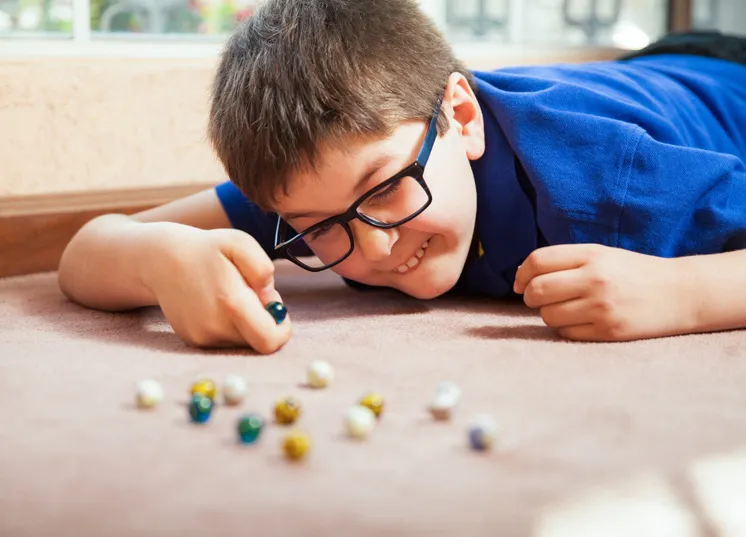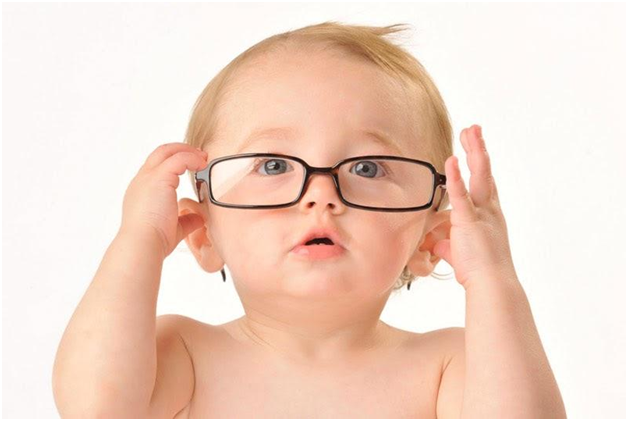
Eye problems can affect children of all ages, from infants to teenagers. It is important for parents and caregivers to be aware of the common eye problems in children that can occur and take steps to prevent and address them. By understanding these issues and implementing preventive measures, you can help protect your child’s vision and ensure their overall eye health.
In this blog, we will explore the most common eye problems in children and provide effective prevention strategies to safeguard their eyesight. By being proactive and informed, you can make a significant difference in your child’s eye health and well-being.
What Are Eye Problems In Children?
Eye problems in children refer to any issues or conditions that affect the visual system, including the eyes, optic nerve, and brain. These problems can vary in severity, ranging from mild refractive errors to more serious conditions that can lead to vision loss if left untreated.
Common eye problems in children include refractive errors, such as myopia (nearsightedness) and hyperopia (farsightedness), as well as conditions like amblyopia (lazy eye), strabismus (crossed eyes), and conjunctivitis (pink eye). It is important to be aware of these conditions and their signs and symptoms to ensure early detection and appropriate treatment.
Signs of Eye Problems In Children
Recognizing the signs of eye problems in children is crucial for early intervention and treatment. While some signs may be more obvious, others can be subtle and easily overlooked. It is essential for parents and caregivers to be vigilant and observant when it comes to their child’s vision.
Some common signs of eye problems in children include frequent eye rubbing, excessive tearing, red or swollen eyes, sensitivity to light, squinting, poor focusing, difficulty reading or doing close-up work, and abnormal alignment of the eyes. If you notice any of these signs or if you have concerns about your child’s vision, it is recommended to consult an eye specialist for a comprehensive eye examination.
8 Common Eye Problems in Children
There are several common eye problems that can affect children. Here are eight of them:
1. Myopia (Nearsightedness): Myopia is a refractive error where distant objects appear blurry, while close-up objects are clear. It occurs when the eyeball is too long or the cornea is too curved.
2. Hyperopia (Farsightedness): Hyperopia is a refractive error where close-up objects appear blurry, while distant objects are clear. It occurs when the eyeball is too short or the cornea is too flat.
3. Nystagmus: Nystagmus is an involuntary movement of the eyes, often characterized by repetitive, uncontrolled eye movements. It can be present from birth or develop in early childhood.
4. Amblyopia (Lazy Eye): Amblyopia is a condition where both eyes or one eye or has poorer vision than the other, even with the use of glasses or contact lenses. It occurs when the brain favors one eye over the other during visual development.
5. Conjunctivitis (Pink Eye): Conjunctivitis is an inflammation of the conjunctiva, the thin clear tissue that covers the white part of the eye and the inside of the eyelids. It can be caused by allergies, viruses, or bacteria.
6. Blocking of Tear Ducts: Blocked tear ducts can cause excessive tearing, discharge, and sticky eyelids in infants. It usually resolves within the first year of life with conservative management. So, it’s recommended to consult an ophthalmologist.
7. Accommodative Esotropia: Accommodative esotropia is a type of strabismus where one or both eyes turn inward due to an excessive focusing effort. It is often associated with farsightedness.
8. Crossed eyes (Strabismus): Strabismus is a condition where the eyes do not align properly and deviate in different directions. It can occur intermittently or constantly and may lead to severe vision loss if left untreated.
It is important to note that these are just a few examples of common eye problems in children. Each condition may have different causes, risk factors, and treatment options. If you suspect your child may be experiencing any of these eye problems, it is recommended to consult an Pediatric Ophthalmologist preferrably for a comprehensive evaluation.
How to Prevent Eye Problems in Children?
Preventing eye problems in children is crucial for maintaining their eye health and overall well-being. While some eye conditions may be unavoidable, there are several preventive measures that can help reduce the risk and severity of eye problems in children:
1. Schedule regular eye exams: Regular eye exams are essential for early detection and treatment of eye problems. It is recommended to have your child’s first comprehensive eye exam between 6 and 12 months of age, followed by regular exams as recommended by the eye care professional.
2. Promote healthy visual habits: Encourage your child to take regular breaks from electronic devices and engage in outdoor activities to reduce the risk of developing myopia. Encourage good reading posture and proper lighting when doing close-up work.
3. Protect their eyes from injury: Ensure your child wears appropriate protective eyewear during sports and recreational activities. Teach them about eye safety and the importance of avoiding activities that could potentially harm their eyes.
4. Maintain a healthy diet: Provide a well-balanced diet rich in vitamins and minerals that promote eye health, such as vitamin A, C, and E, omega-3 fatty acids, and zinc. Include foods like carrots, leafy greens, citrus fruits, nuts, and fish in their meals.
5. Practice good hygiene: Teach your child the importance of proper handwashing to prevent the spread of eye infections. Avoid sharing towels, pillows, or other personal items that may come into contact with the eyes.
6. Be aware of family history: Some eye problems have a genetic component. If there is a family history of certain eye conditions like myopia, hypermetropia, glaucoma, or cataract, it is important to inform the eye care professional during your child’s eye exams.
By implementing these preventive measures, you can significantly reduce the risk of eye problems in your child and promote their overall eye health.
FAQs
What are the most common eye problems in children?
The most common eye problems in children include refractive errors (myopia, hyperopia), amblyopia (lazy eye), strabismus (crossed eyes), and conjunctivitis (pink eye).
How can I spot signs of eye problems in my child?
Some signs of eye problems in children include frequent eye rubbing, excessive tearing, red or swollen eyes, sensitivity to light, squinting, poor focusing, and abnormal alignment of the eyes.
Are there any eye tests recommended for children?
Yes, regular eye exams are recommended for children to detect and address any potential eye problems. The first comprehensive eye exam is recommended for every child even if there is no eye problem complaint.
What steps can I take to prevent eye problems in my child?
You can prevent eye problems in your child by scheduling regular eye exams, promoting healthy visual habits, protecting their eyes from injury, maintaining a healthy diet, practicing good hygiene, and being aware of family history.
At what age should my child get their first eye exam?
The first comprehensive eye exam is recommended at 3 years of age. However, if you have any concerns about your child’s vision or notice any signs of eye problems, it is recommended to consult an eye care professional earlier.
When should I be concerned about my child’s vision?
If you have concerns about your child’s vision or notice any signs of eye problems, such as persistent eye rubbing, excessive tearing, or poor focusing, it is recommended to consult an eye care professional for a comprehensive evaluation.
